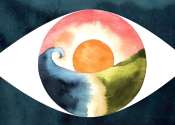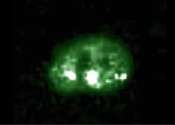Does expired sunscreen still work?
It's that time of year when everyone's looking forward to some fun in the sun. Too much sun can be dangerous, though. Exposure to UV radiation from the sun damages your skin, and children are especially vulnerable because ...
Jun 17, 2024
0
1









